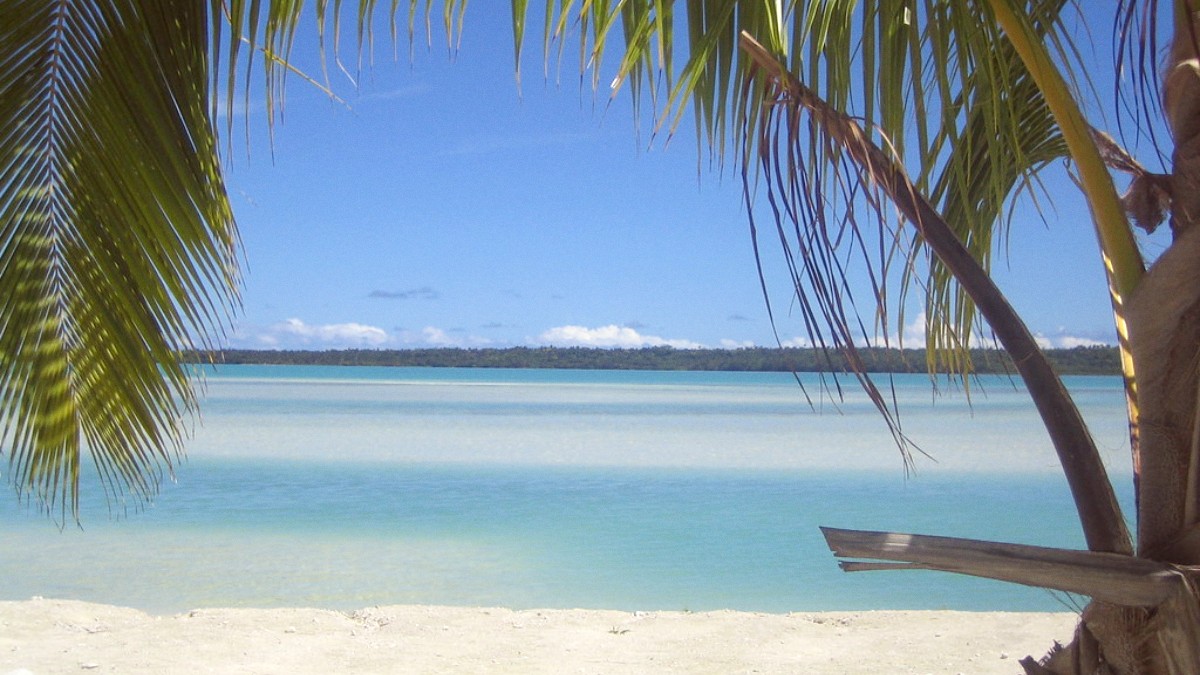
Rarotonga And The Cook Islands
No formal public transit system exists on Aitutaki. The island’s small size and low population do not support a complex network of buses or trains.
Route maps, ticketing systems, fare options, hours of operation, frequency, and accessibility information for public transit are not applicable given its absence. Efficient navigation on Aitutaki relies on personal rentals or pre-arranged services.
Taxis are generally safe. Main consideration: confirming the fare upfront to avoid misunderstandings.
Pre-arranged transfers through your accommodation are the most common and reliable method from Aitutaki Airport.
Consider your activities and how you will reach them before your trip, given the limited public transport.
Drive on the left-hand side of the road (like NZ, Australia, UK).
40 km/h in villages, 50 km/h outside. Reflects relaxed pace.
Main road paved. Smaller roads can be unpaved, bumpy, or have potholes.
Awareness of wandering dogs, chickens, pedestrians. Drive carefully at night.
Aitutaki’s size and tranquil nature make it a pleasant island for walking and cycling.
No specific dangerous areas exist for pedestrians and cyclists.
Carry a small, lightweight backpack for day trips.
A person riding a scooter on a quiet, scenic road on Aitutaki.
Beyond standard rentals, specialized transportation mainly involves water-based tours.
The most popular specialized transport, exploring the motu and snorkeling.
With scooter or bicycle rentals, much of the island can be explored independently.
Always prioritize personal safety when choosing and operating any form of transport.
While Aitutaki offers a laid-back atmosphere, selecting the right mode of transport contributes greatly to your overall experience.
Embrace the freedom of independent travel via scooter or bicycle to fully appreciate the island's charm.